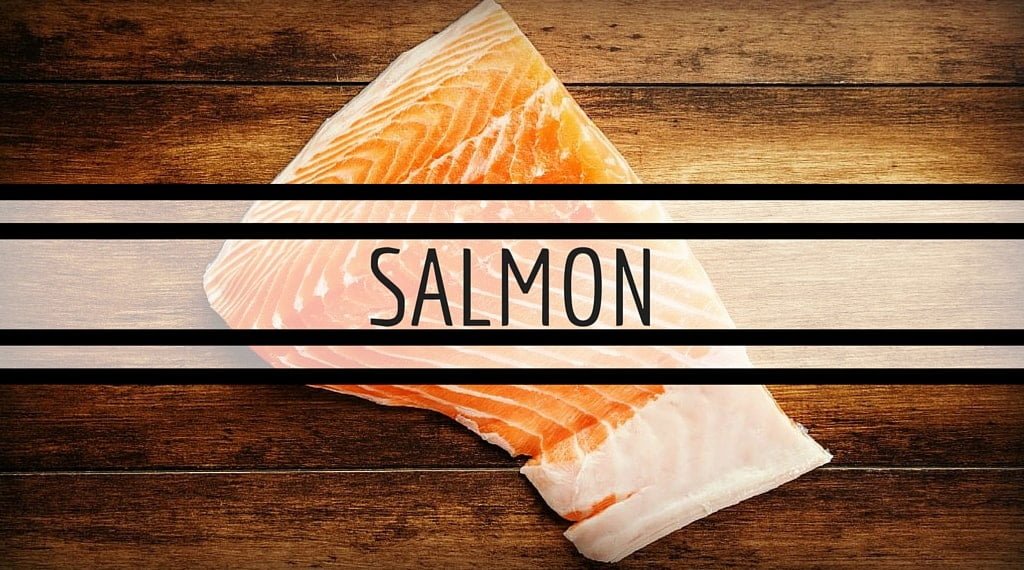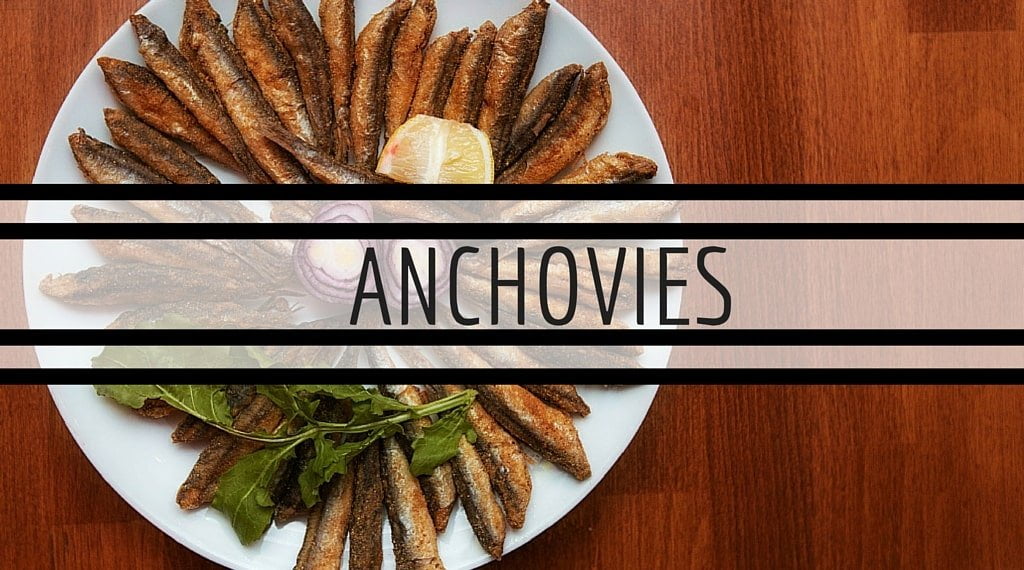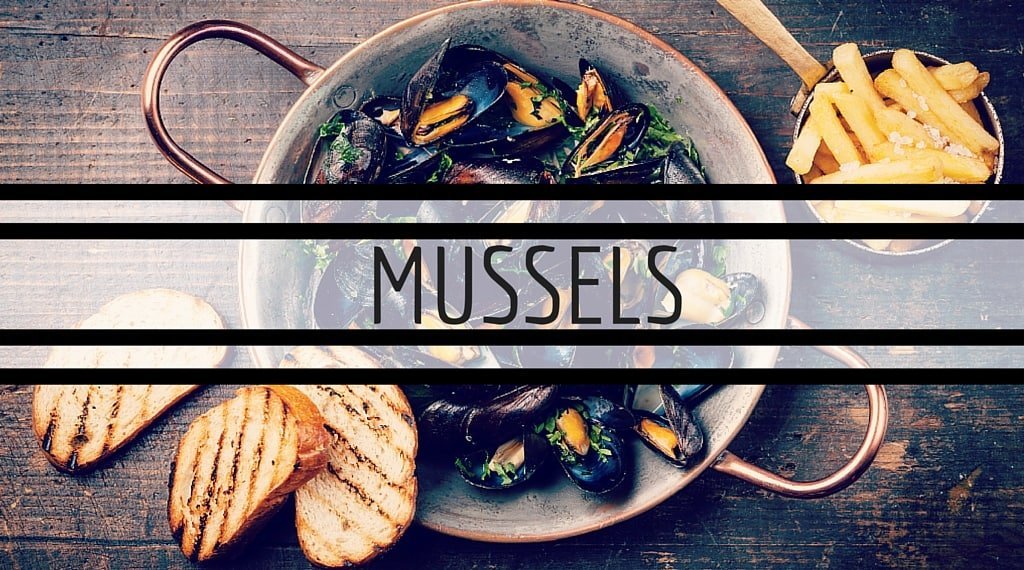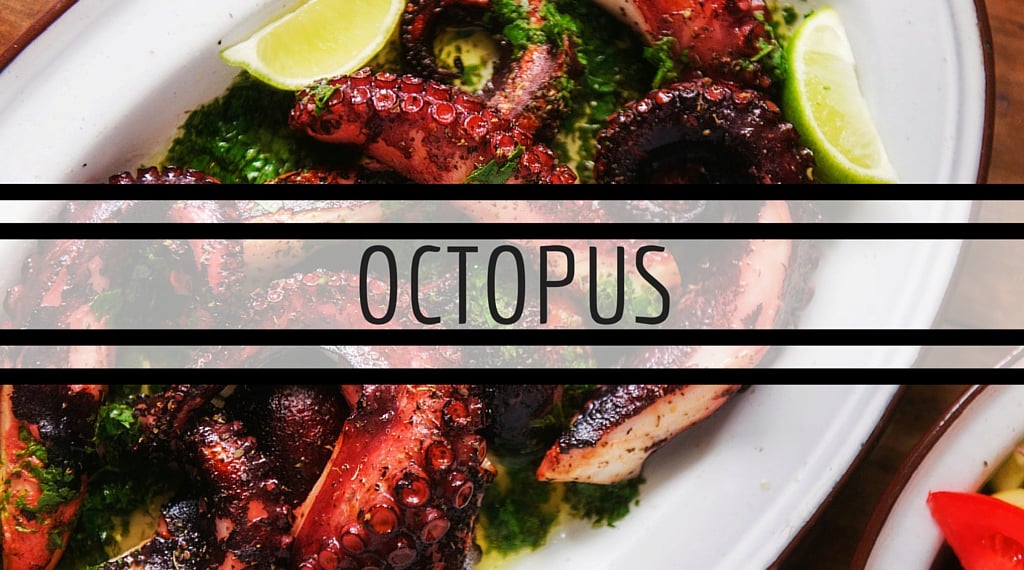Protein is one of three macronutrients that are vital to a healthful diet. The current Institute of Medicine’s (IOM) Recommended Dietary Allowance (RDA) for protein is 0.8g/kg/day (0.8 grams per kilogram of body weight) for adults over 18 years of age, but the current RDA is to prevent protein deficiency instead of to support optimal health. Additionally, the IOM has established an Acceptable Macronutrient Distribution Range for protein to be between 10 to 35 percent of calories. But most Americans tend to consume only 16 percent. So there’s some room to increase protein intake.
Protein can come from a variety of sources—chicken, lean red meat, soy, even whole grains. One of my favorite protein sources is seafood. Whether it’s salmon, shrimp, tuna, oysters or octopus, seafood is a great way to get an optimal amount of protein in the diet.

Tuna
Fresh or canned, tuna is a win-win in the protein department. A serving of tuna, or 3 oz., contains 24 g of protein. Canned and packaged, like pouched options, are perfect as an on-the-go snack.

Salmon
Not just a protein powerhouse, salmon is also a great source of unsaturated fat like omega-3 fatty acids, which help to maintain heart health. A serving contains 21 g of protein, and whether it’s smoked, baked, poached, grilled, or sautéed, its light taste pairs well with a variety of foods.

Anchovies
Often found on pizzas and Caesar salads, anchovies are a tiny fish that offer a lot of protein and nutrients. While you’re not likely to get this much on a pizza, a three-ounce serving contains 19 g of protein. It’s also loaded with omega-3 fatty acids and vitamin E, an essential micronutrient important for immunity, as well as heart and brain health. Just consume in moderation due to its high sodium content.

Shrimp
Shrimp is the perfect protein-packed snack. Even though they’re tiny, a 3 oz. serving offers 20g of protein. Sauté a bunch, throw them in a container, and eat when hungry. And if you’re worried about cholesterol, the recent 2015-2020 Dietary Guidelines say that dietary cholesterol does not play a major role in blood cholesterol.

Crab
Once called the “poor man’s lobster,” crab can be enjoyed from a can or straight from the claw. This luxurious meat has 15 g of protein per serving, and it even contains a hearty dose of calcium for bone, muscle, and nervous system health.

Mussels
Muscle up with some mussels! Three ounces of mussels contains a whopping 20 g of protein, and while they may be a bit labor-intensive to eat, they make for a great dinner or lunch. Enjoy Parisian style with pommes frites and a crusty baguette.

Octopus
For the culinary adventurer, octopus may not be easy to find in your average grocery store, but they’re worth the find; a 3 oz. serving contains 25 g of protein per serving, more than most other seafood options—not to mention they’re packed with vitamin A, which supports eye health. They go great seared or grilled on top of a salad, or dip in a tangy yogurt sauce.
Seafood has some special food safety recommendations. At-risk groups like pregnant women should avoid raw seafood, like sushi and poké, and smoked seafood, which can contain the foodborne illness listeriosis. Also, women who are pregnant, thinking of getting pregnant, or nursing should avoid consuming fish that are high in mercury, which can be found in shark, swordfish, king mackerel, and tilefish.
Seafood can be a great way to get protein, and with so many options, there’s truly something for everyone!
